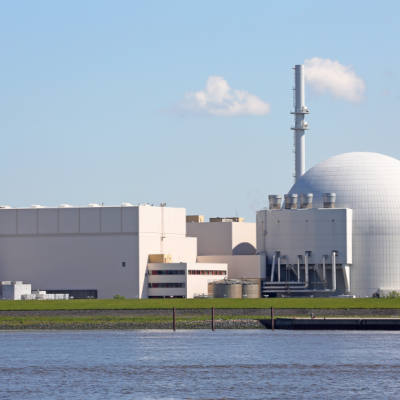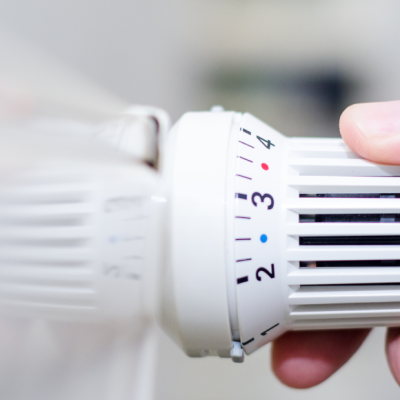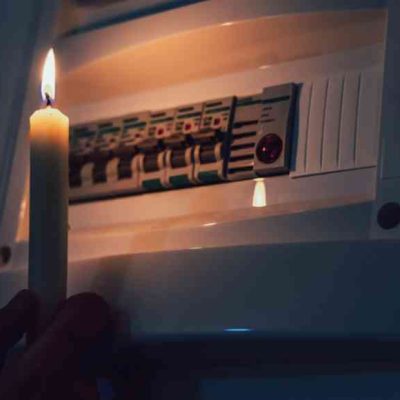A new mini power plant can now produce climate-neutral hydrogen in your own backyard. Hydrogen is an environmentally friendly energy source, especially when produced through the electrolysis of water using wind or solar power. However, existing pilot projects are primarily focused on large-scale production, such as offshore wind turbines or large solar parks, which are located in areas with few households or other consumers. As a result, hydrogen must be transported over long distances, similar to oil. Scientists at the Fraunhofer Institute for Applied Polymer Research IAP and the BTU Cottbus have developed a system that allows households to produce hydrogen in their own gardens. The electricity required for electrolysis is generated by a small, highly efficient wind turbine, making it climate-neutral.
The wind turbine is designed to be small enough for private individuals to install in their gardens. The rotor blades have been adapted to produce electricity even in low wind conditions, and their weight has been reduced by around 30% compared to conventional small wind turbines. The rotors are made of a special composite material that is designed to withstand strong winds without breaking. The system does not require complex control technology or mechanics, as is the case with large wind turbines. Once the electricity is generated, it is used to produce hydrogen from water on-site. The hydrogen is then stored in a tank and can be used, for example, to power a fuel cell that provides electricity and heat or to refuel hydrogen cars at home.
The scientists have developed a cylindrical tank made of carbon fiber strips soaked in resin, which is suitable for storing hydrogen. Integrated sensors detect any leaks early on, ensuring safety for end-users. The system is still in development, and it is unclear when it will be available on the market. However, an Australian company, Lavo, has already developed a similar solution called the Green Energy Storage System, which will be available for under €20,000 in the fourth quarter of 2021. Instead of a wind turbine, the system uses solar cells to generate electricity, which are not included in the price. This new mini power plant is a promising development in the field of renewable energy, offering households the opportunity to produce their own climate-neutral hydrogen.










